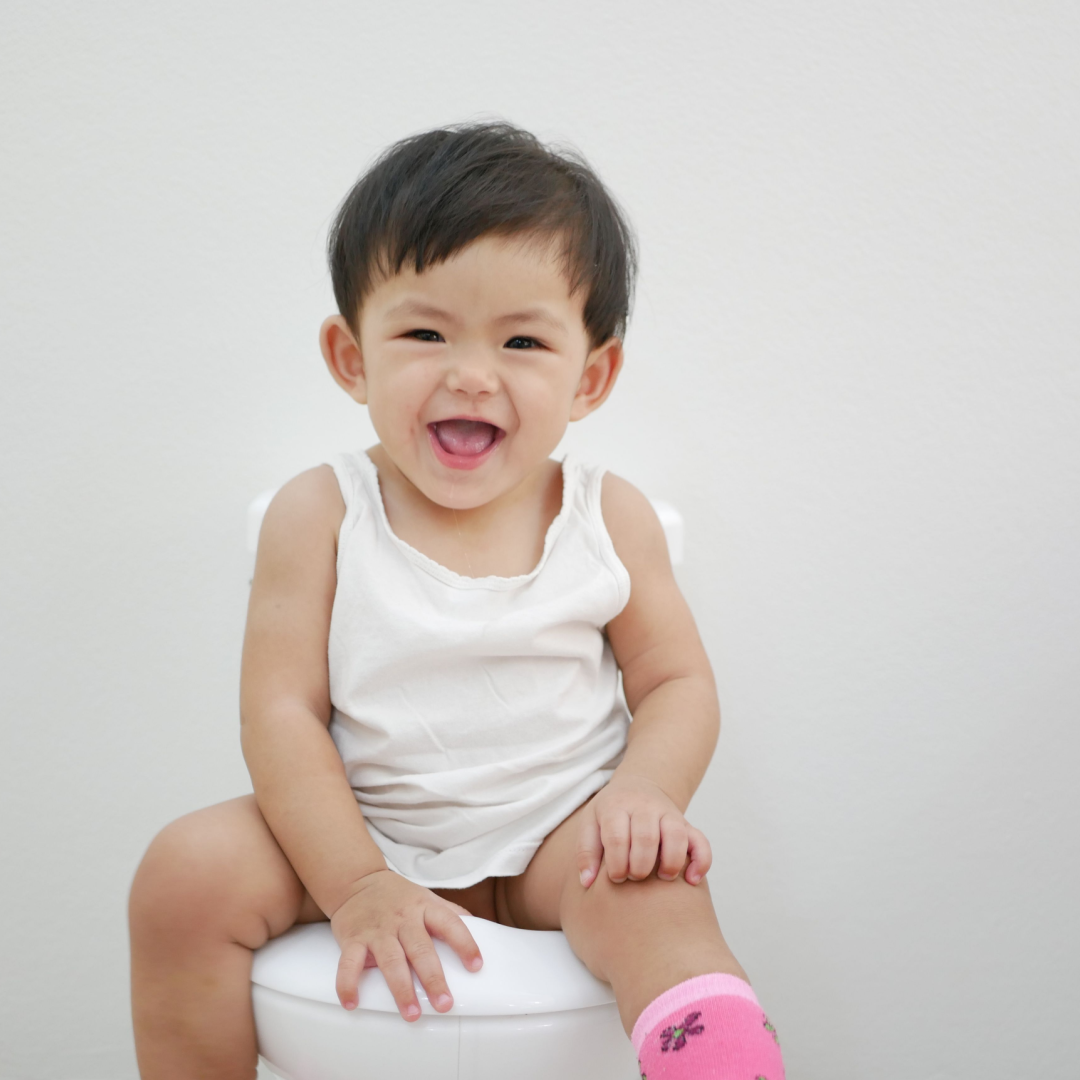Navigating Potty Training: Exploring Different Approaches
Embarking on the journey of toilet training can feel like navigating uncharted waters for many parents. With a plethora of methods and advice available, it's natural to feel overwhelmed and unsure of where to start. However, understanding the various approaches to toilet training can empower parents to choose the method that best suits their child's needs and their family's lifestyle. Let's dive into three popular potty training methods: the gradual method, the three-day method, and child-led approaches.

The Gradual Method: The gradual method is exactly what it sounds like - a slow and steady approach to toilet training. Instead of rushing into intensive training sessions, parents gradually introduce their child to the concept of using the potty over time. This method focuses on creating a relaxed and supportive environment where the child feels comfortable exploring the idea of using the toilet at their own pace.
Key features of the gradual method include:
- Introducing the potty early on to familiarise the child with its presence.
- Encouraging the child to sit on the potty regularly, especially after meals or before bedtime.
- Celebrating small successes and providing positive reinforcement.
- Transitioning from nappies to training pants as the child becomes more comfortable using the potty.
The gradual method emphasises patience and consistency, allowing the child to gradually build confidence and independence in their potty skills.
The Three-Day Method: For parents seeking a more intensive approach to potty training, the three-day method offers a focused and structured strategy. As the name suggests, this method aims to achieve significant progress in just three days, making it appealing to busy families or those eager to expedite the process.
Key features of the three-day method include:
- Clearing schedules for three consecutive days to focus solely on potty training.
- Introducing the child to the potty and emphasising its importance for using the bathroom.
- Encouraging frequent trips to the potty throughout the day, with positive reinforcement for successful attempts.
- Using training pants or underwear instead of nappies to reinforce the transition to using the toilet.
The three-day method requires dedication and consistency from parents, but many find it effective in jumpstarting the toilet training process and establishing a routine.
Child-Led Approaches: Child-led approaches to toilet training prioritise the child's readiness and autonomy in the process. Instead of imposing strict schedules or techniques, parents follow their child's cues and preferences, allowing them to take the lead in their toilet training journey.
Key features of child-led approaches include:
- Observing and recognising signs of readiness, such as showing interest in the toilet/potty or staying dry for extended periods.
- Allowing the child to dictate when they are ready to transition from nappies to underwear.
- Offering gentle guidance and support without pressure or coercion.
- Respecting the child's pace and providing encouragement and praise for their efforts.
Child-led approaches emphasise trust in the child's natural development and readiness to take on new skills, including using the toilet independently.
In conclusion, there is no one-size-fits-all approach to toilet training, and what works for one child may not work for another. By exploring different methods such as the gradual approach, the three-day method, and child-led approaches, parents can find the approach that aligns best with their child's personality, their family's lifestyle, and their own parenting philosophy. Regardless of the method chosen, patience, consistency, and positive reinforcement are key ingredients for success in the potty training journey.